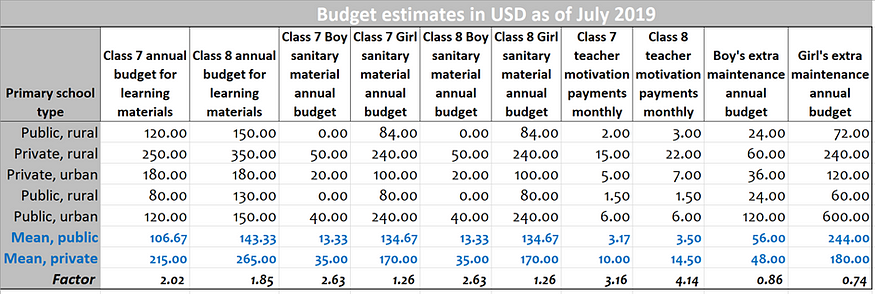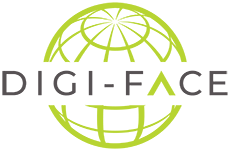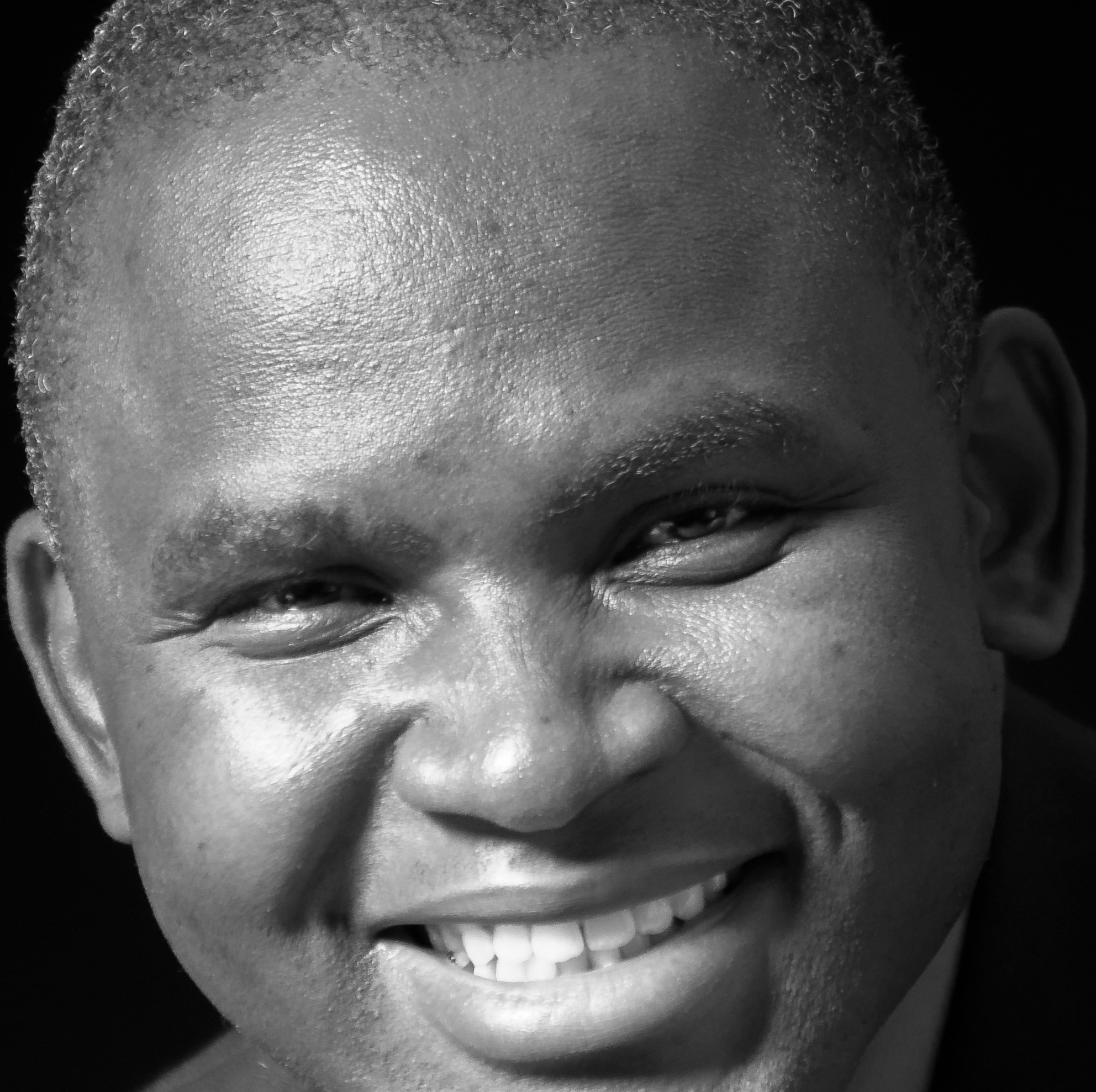𝔾𝕖𝕟𝕕𝕖𝕣-𝕟𝕖𝕦𝕥𝕣𝕒𝕝 𝕖𝕕𝕦𝕔𝕒𝕥𝕚𝕠𝕟 𝕗𝕦𝕟𝕕𝕚𝕟𝕘 𝕕𝕚𝕤𝕖𝕟𝕗𝕣𝕒𝕟𝕔𝕙𝕚𝕤𝕖𝕤 𝕨𝕠𝕞𝕖𝕟 𝕗𝕣𝕠𝕞 𝕒𝕔𝕔𝕖𝕤𝕤 𝕥𝕠 𝕊𝕋𝔼𝕄 𝕔𝕒𝕣𝕖𝕖𝕣 𝕠𝕡𝕡𝕠𝕣𝕥𝕦𝕟𝕚𝕥𝕚𝕖𝕤
Key Highlights
– This recent research based on a classroom model in Kenya, completed in 2019, found evidence that a girl at the critical transition stages from primary school to secondary school needs at least 1.8 times the budget allocation for a boy so as to ensure fairness and equal chances for accessing quality STEM education.
– Equal budget shares for girls and boys, which is the historical gender-neutral per-learner allocation model, adds to the long-standing path dependence expressed through unfavourable socialisation of STEM among girls. This perpetuates the systemic elimination of girls from becoming future women STEM leaders.
– On the surface, increased basic education funding is a welcome and empowering idea. In reality, increased basic education budgets that allocate equal shares to girls and boys can lead to unintended consequences and further catalyse gender inequalities in outcomes — a classic case of fuelling structural injustice.
– Gender-responsive public expenditure management (GRPEM) matters more in modern education and career development, a critical means to achieving gender equality in STEM careers.
– This study has important implications for post-pandemic public education budgeting decisions towards enhancing STEM education and relevant career development. This is even more urgent for countries that increase education budgets but without data-driven gender mainstreaming to cater fully for the extra gender-differentiated needs of learners.
Background to Gender Injustice in STEM Education
Before COVID-19, it was estimated that 129 million girls remained out of school. Malala Fund and the UN Girls’ Education Initiative’s joint research project has revisited the pre-existing gender bias in education funding, which raises the stakes for girls in career development. This situation has been discussed in detail in the 2021 report entitled Spending better for girls’ education: How can financing be targeted to improve gender equality in education? The case is more serious for the more demanding STEM specialisations. COVID-19 has only aggravated the gender gaps as girls have been more vulnerable to the consequences of the pandemic, especially in the deprived rustic environments that form the larger part of Africa.
On the surface, increased basic education funding is a welcome and empowering idea. In reality, increased basic education budgets that allocate equal shares to girls and boys can lead to unintended consequences and further catalyse gender inequalities in outcomes — a classic case of fuelling structural injustice.
On average, girls need higher budgets to cater for extra maintenance needs in any gender-aware setting. The basic school level is even more critical as a key foundation. The rural-urban divide and public-private divide among schools amplify the challenge, hence the necessity for both needs-based and gender-informed resource allocation. Gender-neutral allocations, in this sense, are a recipe for increased inequalities in learning and career development outcomes. Optimising learning and career outcomes per dollar spent on a learner is anything but gender-blind; it is a fully gender-aware exercise.
Despite increased budget allocations for the education sector, Kenya showcasing a recent outstanding example of a country that has been allocating the largest budget share to education, persistent failures to implement gender-responsive public expenditure management is still sustaining or widening gender gaps in STEM careers. Achieving SDG 4 and SDG 5 suffers an unintentional but debilitating blow in this scenario.
Motivation
Examples of teacher-learner-society nexus as a complex adaptive system are numerous. Calibration and re-calibration have been the hallmark of education systems in many countries across the globe before they finally land on the most suitable system for their labour market demographics and crucial development needs. In Africa, Kenya stands out as an exemplar of the countries that have changed their basic education systems at least three times. While the overarching goal has remained quality enhancement, the critical element of gender equality in STEM learning outcomes and subsequent career development has received lacklustre attention. Kenya’s basic education is now in a transition phase that is ushering in a new generation of learners who have passed through a competency-based curriculum (CBC). Developing STEM competencies is a key goal of the CBC, geared towards achieving the country’s Vision 2030 development blueprint. These characteristics qualified Kenya as a suitable case study in transforming STEM learning outcomes towards gender equality in STEM careers.
The Problem
Globally and more so in Africa, there has been a long-standing legacy of cultural path dependence that has been responsible for gender distortions in the STEM labour market in terms of career profiles and STEM-related top management and leadership. Women have been the casualties of this situation, as data shows that even in developed countries, less than a third of the top positions in STEM careers has been held by women.
Culture with the accompanying socialisation of STEM is, however, not the only barrier. Even more deserving of attention is the basic education funding model that has been mistaking “equality” for fairness by budgeting equal amounts for both boys and girls. Some countries, such as South Africa and Kenya, are already treading the path of trying out gender-responsive public expenditure management. Reversing the tradition that has been reducing the chances for girls in STEM careers urgently calls for a case study that can generate fresh data-driven evidence on what gender-responsive ratios in budget allocation should look like, not just an overall increase in education budgets. Such budgets can still end up in gender-neutral shares and sustain or widen the unintended consequences of gender gaps in STEM career outcomes.
Data and Methods
The project drew inspiration from the GraFA EMPOWER Good Governance and Social Entrepreneurship Programme at the TU Bergakademie Freiberg, Germany. This programme empowers doctoral students from less developed countries with project management skills to undertake projects that can impact local communities in their home countries. Following the training conducted over the 2018–2020 period, the inaugural EMPOWER cohort undertook various community-facing projects. The project reported here applied a Kenyan classroom model under the title Enhancing the Quality and Equity of Access to STEM Education in Rural Kenya by Optimising Transition Rates from Primary to Secondary School.
The interview questions for primary schools — private and public, urban and rural, explored the variety and costs of inputs for quality STEM education, ranging from learning materials to personal hygiene and teacher motivation. The interview questions for secondary school respondents sought answers on the degree of STEM preparedness of the male and female learners joining the secondary schools and the measures that would prepare them better to transition into STEM careers.
Questionnaires were used for the key informants to expound on the following key result areas of STEM learning outcomes.
- Gender-differentiated resource requirements for quality science and mathematics education in terms of annual budgets for learning materials, sanitary needs and extra maintenance, monthly teacher motivation, and teaching contact hours for science and mathematics subjects.
- Quality enhancement proposals for STEM education including extra-curricular activities.
- The influence of language, literacy and communication skills on the formal teaching of STEM subjects in primary schools.
- Socialisation of STEM education in the learning environment.
Findings from a Classroom Model
The findings presented here are on a Kenyan project on quality education (SDG 4) completed in 2019, based on comprehensive key informant interviews conducted across Kenyan basic-level schools in three counties: Homa Bay, Kisumu, and Nairobi. The selected schools, both primary and secondary, represented the typical divide in school settings: rural, urban, public, and private.
To deliver on the main study objective of enhancing the quality of STEM education by optimising transition rates from upper primary school to secondary school, the following high-leverage intervention points came out of the study:
- enhanced annual budgets for gender-differentiated needs, with sanitary and extra maintenance requirements raising the estimated annual budget per girl, learning materials inclusive, to 750 USD — far above a boy’s estimated annual requirement of 410 USD;
- increased investment in learning resources, especially laboratories and libraries to facilitate fascinating and practical STEM education;
- quality teacher training, motivation and exposure to enhance STEM teaching;
- increasing the trained teacher-pupil ratio;
- overcoming cultural barriers to gender equality in STEM education; and
- structured STEM mentorship for talent management and career development.
The learner’s budget requirements captured in the survey excluded the cost of transport and boarding facilities.
It should be noted that boarding schools have become a key subject of debate as the cost of education increases with increasing population and transition rates, a case already experienced in Kenya.
The details of the results are summarised in the table below. Class 7 and Class 8 in this case were the last two stages before joining secondary school in the 8–4–4 system, which has just ended giving way to a competency-based curriculum (CBC). The new curriculum has borrowed some aspects from the competency- and value-based models used in Finland, Israel, and Germany. From the table, the budget needs vary greatly by gender and school setting — whether rural or urban, public or private.
The row for “factor” displays the ratio of mean budgets for private schools to the equivalent mean budgets for public schools. The observed poor maintenance culture in public schools, evident in maintenance backlogs, can explain the change in the factors under extra maintenance (less than one). The extra maintenance budget line was used to capture the expenses for maintaining the school facilities used to serve the learning and extra-curricular needs of boys and girls.

The desired competencies in the CBC are:
- Communication and collaboration
- Critical thinking and problem solving
- Imagination and creativity
- Citizenship
- Learning to learn
- Self-efficacy
- Digital literacy
The desired values in the CBC are:
- Love
- Responsibility
- Respect
- Unity
- Peace
- Patriotism
- Integrity
The teachers compared the effectiveness of the official teaching languages (English and Kiswahili) to mother tongues, Kenya being a multi-ethnic nation with more than forty different mother tongues. They confirmed that the learners were more interactive when the official teaching languages were used to teach them STEM subjects. This finding confirms that the upper primary classes had become more accustomed to the STEM keywords, which are available in the official language of teaching as expressed in learning materials.
The weekly contact hours for STEM subjects was determined to be averaging 23–25 hours in the primary schools. The rural schools generally reported more contact hours. The fewer teachers and limited variety in extra-curricular activities and optional subjects such as foreign languages and computer studies in rural public schools could explain the shift of more contact hours to STEM subjects in their favour. Less strict administration of syllabus coverage for all subjects in deprived rural public schools is another possible explanation for this rural-urban variance.
Lessons for Enhancing Outcomes for Gender Equality in STEM Careers
The study findings show no justification for equal per-learner allocation of basic education budgets. Geography and sex-disaggregated data must be used to inform a fair policy of equitable, not equal, shares. From the average annual budget of 750 USD per girl against 410 USD per boy, it is evident that a girl needs more than 1.8 times the budget allocation a boy needs for effective learning and STEM career pursuits.
Rural areas still host the majority of schools across Africa. Faster attainment of gender parity in STEM learning outcomes in these rural areas resides in increasing the enrolment and participation of girls in basic education while actively socialising STEM education to erode discriminatory stereotypes, gender bias, and similar cultural barriers.
The urgency of investing in quality STEM education without leaving women behind is compelling and crystal clear. The eminent German engineer and economist, Prof. Klaus Schwab, already got it right that the world of the future would be pegged on “talentism” as opposed to capitalism, with human talents emerging as the most important factor of production. Talent identification and development through targeted nurturing and mentorship to maturity, right from primary school, cannot be overemphasised.
Spatially enabled technologies and mechanisms for supporting location-based and gender-informed justice towards equitable budget shares are critical to the success of the learner-centred and competency-based curricula, which are gaining popularity in a post-pandemic world coming to terms with borderless competition for talents. Based on the evidence shared here, education budgets shouldn’t anymore be a hidden catalyst of unequal outcomes among the otherwise equally talented learners across geographies and the gender divide.
You must be logged in to rate posts.
2 Comments
Leave a Reply
You must be logged in to post a comment.




Much as I agree to this in comparison to what here in Uganda is known as affirmative action (to have more girls in tertiary institutions specifically university at undergraduate level to leverage entry requirements during transition from high school to university), I strongly feel there’s more than budgeting for females to access education. My few moments of interaction with some young girls in primary and secondary school seem to communicate more. Some girls have suggested that if more support from family especially parents was felt, then they would be sure to continue with aspirations in STEM. Parents seem to have distanced from career growth and development for the girl child 😥. Other girls simply are bombarded with gender roles like full time cooking whenever at home and their counterparts seem to be groomed to be the ‘men’. There’s a lot more to be done at family level to support girls aspiring to be in STEM career paths. I have not yet started on the aspects of access to safe menstrual hygiene products and management. Unless part of this budget ensures that all girls in school access safe menstrual hygiene products, then it might still remain a boardoom discussion while many females opt out.
I agree!
“Besides self-drive and passion among 30% of the respondents, parents emerged as the strongest external agents influencing the career choices of the youth (17%). The importance of mentorship in enhancing youth employability was recognised by a large majority, 82%. Missing links were manifested in the wide lack of linkages of the youth to structured mentorship programmes — 70% stating they did not know of any structured mentorship programme in Kenya and 83% not enrolled in any such programme. Academic mentorship was particularly wanting, from the low score of only 27% of the respondents, fronting a key challenge to lecturers to volunteer their services to mentor more youth to progress to the sharp end of the skills revolution pyramid that Africa needs for disruptive and breakthrough innovations. ” This excerpt from a nationwide survey in Kenya I completed in April 2021 as part of the research support received from DAAD/ACCESS “University of Ideas” Competition supports your statement about the role of parents. They are critical to the cultural transformation needed to give girls a fair opportunity in education and skills development. In the “teacher-learner-society nexus”, parents are a key part of the society.
The last two table columns, on extra maintenance budget, show again that we need to spare more funds for the learning and motivation needs of girls in STEM. It remains our hope that the election seasons in Kenya and East Africa will see more issue-based discussions on this important policy topic.